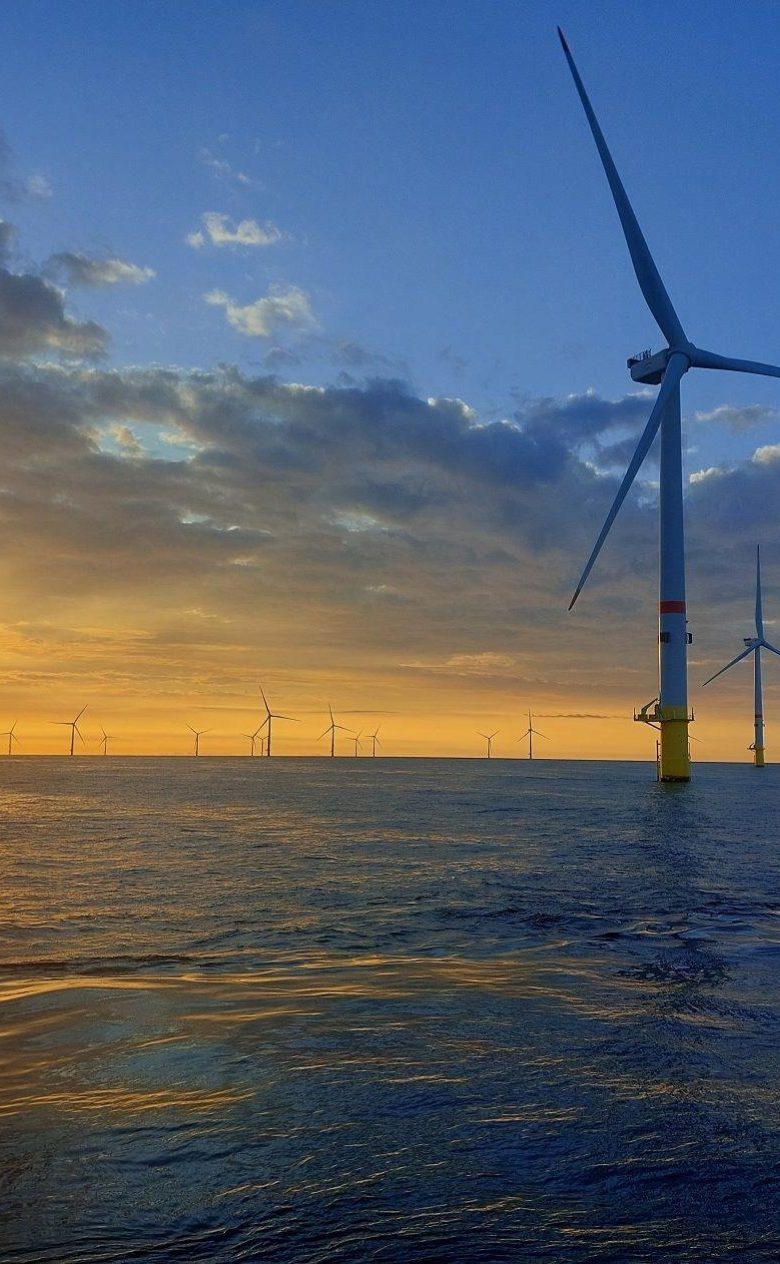Advances in water replenishment studies of offshore monopile foundations
Deltares extended the modelling capabilities for water replenishment and water quality to consider scenario modelling for offshore monopile foundations on behalf of COWI. Fifteen years of hindcast of the internal water quality based on hourly hindcast of metocean conditions (currents, water level, sea and swell waves) is computed.

The application of cathodic protection inside monopile foundations is known to create an acidic environment, if the water column is insufficiently replenished. It can adversely affect structural components e.g. electricity cables or sacrificial anodes, if pH drops below a critical value.
Risk of acidification as a stochastic process
Deltares regularly models the internal pH for offshore monopile foundations, where the tidal motion and wave effects can be decoupled. However, for areas with a small or absent tidal range (e.g. Baltic Sea, Great Lakes, Lake Ijssel in the Netherlands), the water replenishment and associated water quality becomes a stochastic process driven entirely by local wind fields. The risk of acidification, where pH drops to low values, is furthermore increased, since the electric resistivity in brackish and fresh water is less than that of seawater.
Scenario modelling and exceedance probability
The recent model extension to scenario modelling allows Deltares to assign probabilities of encountering critical levels of pH over the lifetime of the foundation as well as the duration of pH below a case-dependent critical pH. For instance, exposure to subcritical pH for 1 day could prove acceptable, while exposure for 10-100 days would not.

An example covering 4 months is shown in the figure, where the red lines are the vertical position of the ICCP anodes and the white lines water replenishment holes. Several observations can be made: If the water replenishment holes are partly blocked by marine growth (middle versus top panel), there is an increased risk of acidification, since the water replenishment rates decreases with increasing marine growth thickness (increasing blockage).
Furthermore, it is observed that the initial acidification occurs around the anodes (red lines) and the acidification is worst below the lowermost water replenishment holes (white line). The latter is related to the reduced water circulation in the cavity below the lowermost water replenishment hole.
Quantification of loading on the ICCP strings
In addition to water quality modelling, our approach also allows for a quantification of the velocities impacting on the ICCP strings and the pressure loading on the airtight platform. The former is relevant for the stability of the ICCP system (risk of swaying) and the latter is relevant for the assessment of the bolted connection of the airtight platform; both with respect to FLS and ULS.



